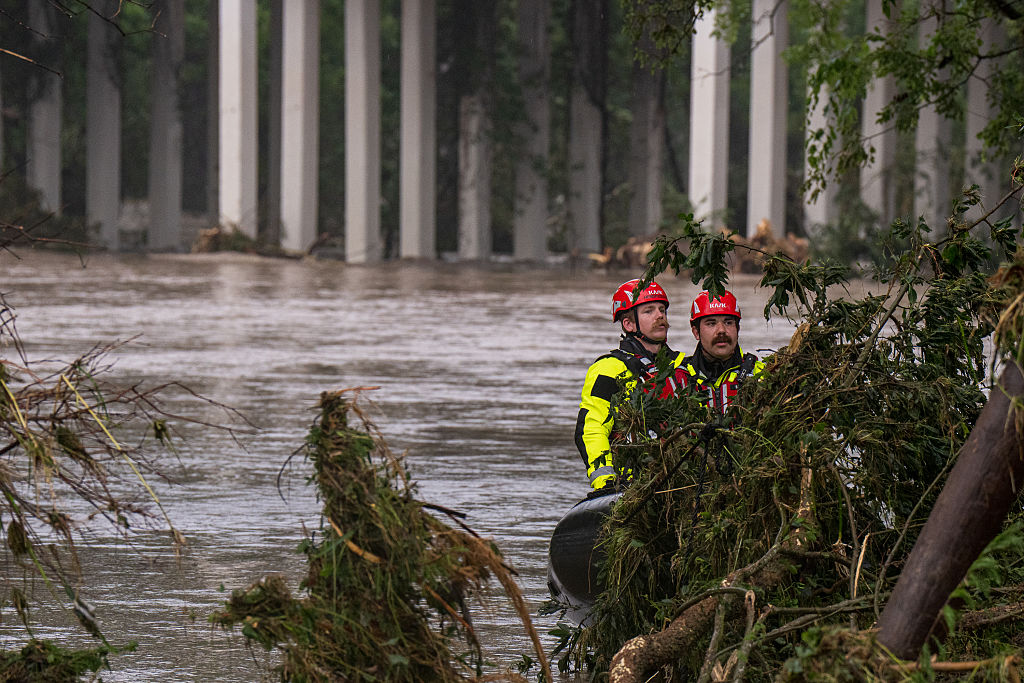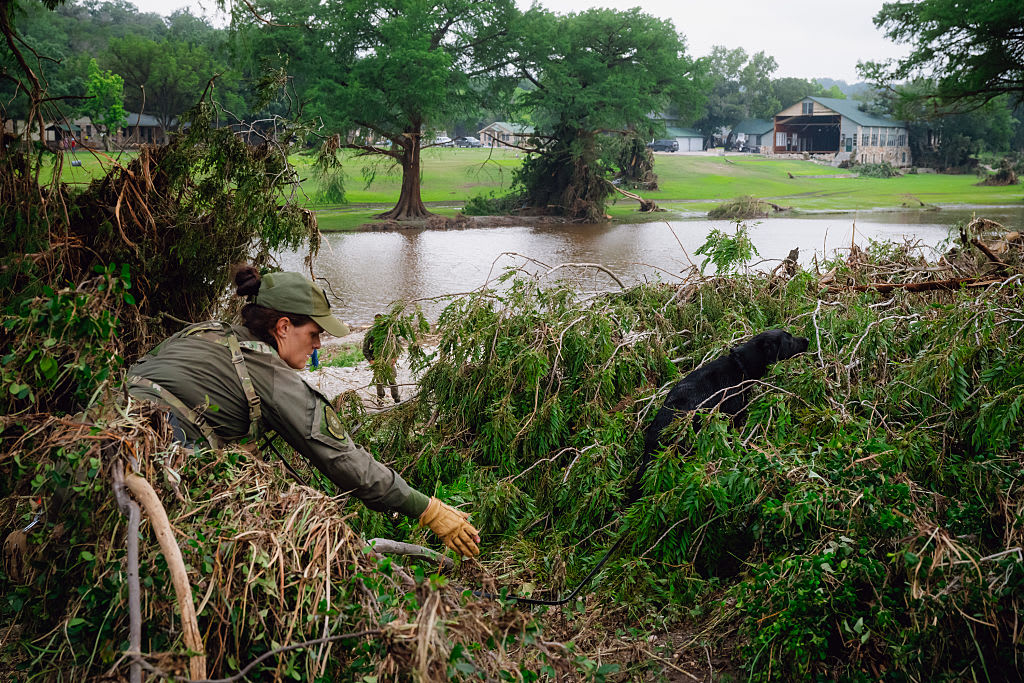Floods are bad, but droughts may be even worse
It is by now a familiar story: The storm hits, the cities flood, dramatic rescues ensue to save people from the rising waters, followed by the arduous and expensive cleanup.
But chances are you've thought less about the deadly and economically destructive consequences of a slower-moving culprit: drought.
Repeated droughts around the world are destroying enough farm produce to feed 81 million people for a year and are four times more costly for economies than floods, the World Bank found in a new study. Beyond hindering food production, erratic rainfall patterns and longer droughts as the climate changes are causing a host of problems for cities, including businesses.
"We are already seeing more extreme rainfall events -- more dry episodes and more wet episodes," said Richard Damania, the report's lead author and lead economist for the World Bank's water global practice, in an interview.
For instance, what experts classify as an unusually severe drought is now appearing much more frequently worldwide. "There are many, many parts of the globe where the one-in-50 year 'dry shock' appears in six out of the last 10 years for which we have data," he said. "There are other parts of the world where these dry shocks have emerged for seven or eight of the last 10 years. This is not a problem for the future -- it's a problem for the here and now."
In cities, a single water outage can cut a company's revenue by more than 8 percent, the study, called "Uncharted Waters: The New Economics of Water Scarcity and Variability," found. For smaller firms, like a single business operator selling their own wares or services, the cost is more than fourfold at 35 percent.
One in four cities around the globe, amounting to combined economic activity of $4.2 trillion, is classified as water-stressed, according to the World Bank. And more than 80 percent of the world's gross domestic product, a common measure of the size of an economy, comes from cities.
Meanwhile, water needs are rising. As urban populations swell, demand for water may rise as much as 70 percent, the report concludes. By 2050, nearly 1 billion people will live in cities with an inadequate water supply.
The systems in those cities can be inefficient. In the developed world, urban areas tend to charge far less than cost for water that flows freely into your tap, the World Bank notes. When you pay for water, you pay for the infrastructure to deliver it, not the water itself.
That's the case in the U.S., where a recent report from the American Civil Society of Engineers gave drinking water infrastructure a grade of D. It noted that many of the 1 million miles of pipes across the U.S. were laid in the mid-20th century and are coming to the end of their 75-to-100 year useful life.
While water quality is still high in the U.S., the country wastes an estimated 2 trillion gallons of treated drinking water through 240,000 water main breaks a year, that report said.
The American Water Works Association estimates $1 trillion is needed to maintain and expand service to meet U.S. demands alone in the next 25 years. That can mean higher costs for consumers, but better access to water in the long run.
For example, a Seattle Times analysis of that city's water rates in 2015 found that people in some of California's drought-stricken cities paid less for water than Seattle, where heavy rainfall makes it plentiful. That's because Seattle has poured more money into infrastructure to keep water safe from contaminants and more renewable. And some Seattle taxes are included in the water rate, which isn't the case in other places.
That inefficiency can hit small business owners hardest in cities. Take a local restaurant owner. A water shortage or closure because of broken pipes can stifle business and even cause power outages. That can quickly force a small business to close.
Another consequence: Dwindling supply makes it more likely that water becomes stagnant or contaminated. People may wash their hands less if they are conserving, leading to disease. And children may fail to grow normally, stunting development and raising health costs, Damania said.
On farms, the consequences are also grim for the food supply and the planet, the study found. Below-average rainfall over years hurts crop yields and pushes farmers into forests, cutting down a natural "climate stabilizer." That leads to more drought, exacerbating the problem.
Other research predicts food shortages and price increases may triple by 2040 because of extreme and erratic weather brought on by climate change.
Among other potential remedies, the World Bank recommends new water storage and management infrastructure and better policies to go with them; improved water utility regulation that rewards more efficient performance; and better safety nets for poor families.






